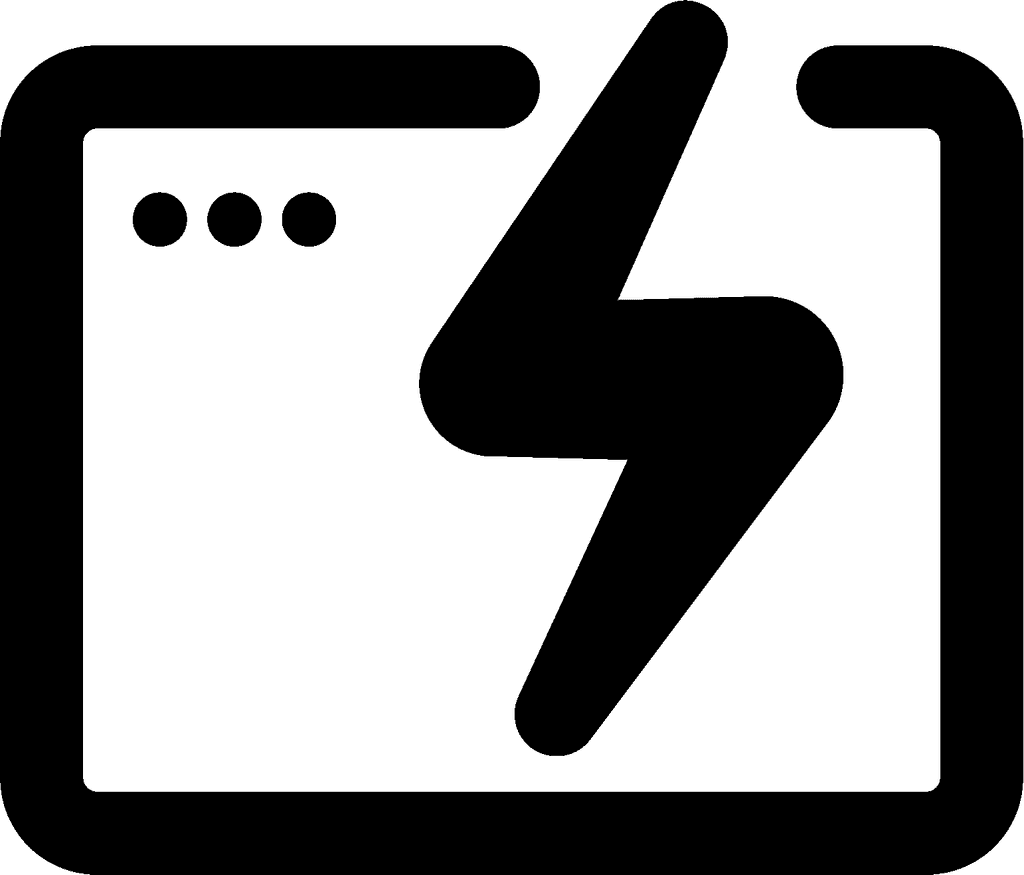According to a recent survey, "86% of HR leaders believe career paths at their organizations are unclear for many employees." This lack of visibility into professional development opportunities and advancement pathways can lead to disengagement, high turnover, and missed growth potential for both employees and your business.
There’s a solution, though: an effective HR knowledge base. By providing a centralized hub of relevant content and resources that include information about your company’s training programs, mentorship opportunities, and internal job postings, it empowers employees to take ownership of their careers.
An effective HR knowledge base goes even further, improving policy compliance and streamlining HR operations. In this article, we'll discuss the 7 requirements your company's HR knowledge base must include to achieve these benefits and more.
1. User-Friendly Interface & Navigation

Your company’s HR knowledge base could be the most-informative, update-to-date, and accurate internal resource available to your employees, but without a user-friendly interface and easy navigation, few workers will actually use it.
Here are some key aspects to keep in mind for your knowledge base’s interface and navigation:
It must have a responsive design: While your employees will often access your HR knowledge base from a desktop, having a responsive design that works well on tablets and smartphones is essential. Sometimes it’s easier to find information on a smartphone, an employee may be traveling and need mobile access, or tablets may be an integral part of your company’s workflow. Design flexibility enhances user experience and ensures that employees can find information anytime, anywhere.
Clean interface and aesthetically pleasing design: Just because a knowledge base is brimming with text and information doesn’t mean it must have a utilitarian design. Place as much focus on the design of your knowledge base as you place on your website’s homepage.
Also consider the design layouts of your HR information. Instead of blocks of text, add lots of bullet points, checklists, and highlighted information to make it easier for your employees to read.
Clear categories and subcategories: Navigation must be simple and logical. Lay out every aspect of your HR information in categories and subcategories, from benefits to onboarding to training materials.
Prominent search bar: Display the knowledge base’s search bar prominently for even faster navigation and retrieval of HR information.
Speaking of search…
2. Advanced Search Functionality

A search function for your company’s HR knowledge base is non-negotiable.
Key features to include with your knowledge base search functionality are:
Auto-Suggestions
Filters (e.g., date, relevance)
Boolean Operators: (AND, OR, NOT)
To truly advance the search capabilities of your HR knowledge base, harness the power of AI. Risotto integrated into your company’s Slack can make searching for HR information nearly instantaneous. An employee can ping Risotto in Slack asking a question like, “What is our company’s PTO policy again?” Risotto’s chatbot is so intelligent that when connected to your company’s knowledge base, it will have learned everything it needs to know about your HR policies and information. It can respond instantly with an accurate answer, “The PTO policy is 4 weeks off a year” or it can help an employee navigate to the correct location within your HR knowledge base to find the information they seek. Your employees won’t even have to use the search bar.

3. Access Control and Permissions

Access control is critical for managing who can view or edit content within your company’s HR knowledge base. Certain HR information may be sensitive and you’ll want to ensure that it remains protected while still granting necessary access to authorized personnel. Implementing role-based permissions enhances confidentiality and supports compliance with data-protection regulations.
When implementing access control and permissions to your HR knowledge base, consider the following:
Defining user roles: Define roles within your company clearly. HR staff, department managers, and employees should have roles with specific permissions tailored to their responsibilities.
Setting granular access levels: Utilizing levels of access, such as read-only, edit, or administrative rights, allows precise control over who can modify content and who can only view it. This is especially helpful for #7 on our list–user contributions–and who can edit what content.
Conducting regular audits: Periodically review access permissions and remove outdated roles or users to maintain an updated security posture.
Implementing multi-factor authentication: Strengthen the security of your HR information by requiring additional verification methods for accessing sensitive areas.
Along with assisting HR operations, Risotto can automate access management for compliance, granting and revoking access without manual effort from HR or IT.
4. Version Control

Maintaining a detailed revision history in HR documentation is essential for accountability, correction of any potential errors, and learning from past changes. It also ensures that outdated or incorrect information can be replaced without losing important historical context.
Here are some thoughts on implementing effective version control processes with your HR knowledge base:
Utilize platforms like Git, SharePoint, or Confluence, which allow for detailed tracking of document revisions.
Did you know? Risotto can integrate seamlessly with Confluence.
Establish systematic naming conventions for different versions of HR documents to avoid confusion.
Just like access control, schedule periodic audits of HR documentation to ensure that content remains current and relevant.
5. Relevant HR Content

We’ve discussed a lot of technical aspects so far, but what about the must-have HR content? What sort of information needs to be included?
Here are some of the content must-haves for your HR knowledge base:
Your company’s employee handbook
Code of conduct
Anti-discrimination and harassment policies
Salary structures and pay scales
Benefits overview, such as health insurance and retirement plans
Information on bonuses and incentives
Leave entitlements, such as sick leave and parental leave
Paid-time-off policy
Resources for new hires, such as onboarding checklists and orientation materials
Available training programs, professional development opportunities, and career advancement pathways for all employees
Resources for mental health and well-being
Information about labor laws and regulations
Workplace safety guidelines
Your company’s data protection and privacy policies
How employees can report compliance issues
Your company’s diversity and inclusion policies
Emergency procedures and contacts
FAQs and answers related to HR topics
HR team contact details
Links and contacts for other departments, like IT, finance, etc.
The more information you include the better it is for all. It’ll save your HR team time and work by not having to answer repetitive questions. It also empowers employees with the information they need, and, lastly, it provides the Risotto AI chatbot with all the learning materials it requires to automate HR support ticket deflection.
6. Content Quality Assurance

Your company’s HR knowledge base is only as good as its content. As we just mentioned, having relevant content is essential, and ensuring that the content is of high-quality is just as important.
Here are quality assurance steps to take for your HR knowledge base content:
Train content creators on effective writing styles specific to HR documentation.
Utilize templates for consistency across articles.
Incorporate data-driven insights and case studies for evidence-based information.
Subject all content to rigorous technical reviews to validate accuracy and relevance.
After publication, conduct periodic reviews of existing articles. Update obsolete content promptly to reflect current policies, procedures, and best practices.
7. Employee Contributions

HR is all about your employees, so why not include them in contributing to your HR knowledge base? The benefits of employee contributions include:
Pinpointing what isn’t working or helpful in your knowledge base – If an employee finds that certain information in your HR knowledge base isn’t helpful or accurate, they can provide that real-world feedback that you may not discover otherwise.
Fostering collaboration between employees – Employees helping other employees fosters collaboration and a sense of belonging.
Saving time for your HR team — When employees contribute their own HR content creation, editing, or suggestions, it will save your HR department a tremendous amount of time and reduce HR support tickets.
It can be difficult to encourage employees to contribute to a knowledge base, but here are some strategies to try:
Regularly prompt employees to share insights and suggestions on existing articles.
Establish simple processes for employees to submit modifications or new articles.
Acknowledge employees who contribute valuable insights to motivate others to participate.
Also, as discussed in #3 above, ensure employees have the correct access controls and permissions to contribute to your HR knowledge base, but not more access or permission than is needed.
Conclusion
Transforming your company’s HR processes can start with building a robust HR knowledge base with these 7 must-haves. However, building a comprehensive HR knowledge base is just one part of the puzzle. To further enhance employee satisfaction and reduce the workload for your HR department, consider integrating Risotto’s AI help desk into your HR processes today.

Build a more powerful help desk with Risotto
Minimize Tickets and Maximize Efficiency
Simplify IAM and Strengthen Security
Transform Slack into a help desk for every department
Schedule your free demo



